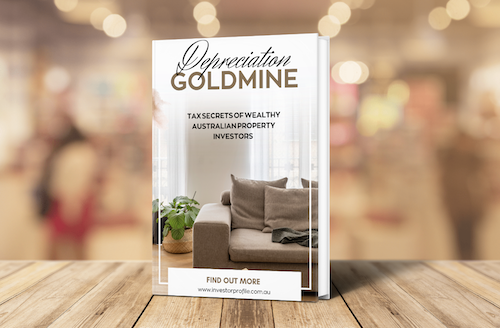Can You Really Retire on Property? What the Stats Say in 2025
Australians have long viewed residential property as a cornerstone of retirement planning. From Baby Boomers who benefited from decades of house-price rises to younger investors using negative gearing, the idea of relying on bricks and mortar for income in later life is deeply ingrained. But is it realistic to depend solely on property for retirement?
The Reality of Property Ownership in Australia
- 1.5 million Australian households own one investment property
- 384,000 own two
- 18,000 own five or more
- Total residential property value: $10.95 trillion (Aug 2024)
Property remains a dominant asset, especially for Australians who missed out on full superannuation benefits before 1992.
Advantages of Property Investment
- Capital Growth: Around 6.4% average annual appreciation over 30 years.
- Rental Income: Gross yields of 4–5%, though net yields often fall below 3% after costs.
- Tax Efficiency: Negative gearing can shelter income during high-earning years, but offers little benefit when tax rates drop in retirement.
- Tangibility & Stability: “Bricks and mortar” provide psychological comfort compared to more volatile equities.
- Lifestyle Flexibility: Holiday homes and dual-use properties can blend personal enjoyment with rental returns.
Challenges of Retiring on Property Alone
- Low Net Yields: A 2.5–3% net return means you’d need ~$2.4 million in property to generate ~$73,000 a year.
- High Holding Costs: Maintenance, insurance, land tax and fees can consume up to 30% of gross rent.
- Illiquidity: You can’t sell a slice of a house to cover unexpected expenses.
- Capital Gains Tax: CGT on property sales can bite—though downsizer contributions to super can help.
- Vacancy & Volatility: Rental income isn’t guaranteed; market downturns or tenant issues pose risks.
- Debt in Retirement: Carrying mortgages late into life increases vulnerability to rate hikes and income swings.
Comparing Retirement Income Strategies
- Superannuation: Balanced or growth funds have delivered 7–9% p.a., with tax-favoured pension drawdowns.
- Shares & ETFs: Australian equities yield ~4.2% plus franking credits; U.S. index funds (S&P 500) ~9.9% p.a. over 30 years.
- A-REITs: Offer property exposure, higher yields, and greater liquidity than direct ownership, and can sit inside super.
Impact on Age Pension
Investment properties count in both the assets and income tests for the Age Pension, while your primary home is exempt. Planning sales and downsizer contributions carefully can help preserve pension entitlements.
Strategic Recommendations
- Use property to build wealth pre-retirement, then consider trimming down or reallocating to more liquid assets.
- Clear mortgages before leaving the workforce to reduce financial strain.
- Match expected net rental income against your retirement spending needs.
- Diversify into shares, bonds or A-REITs to smooth returns and boost liquidity.
- Review CGT and Age Pension rules before any major property sale.
- Consult a licensed financial planner for tailored strategies.
Final Thoughts
Direct property can be a powerful component of retirement planning—but rarely should it stand alone. Combining real estate with superannuation, equities and other income streams builds a more flexible, tax-efficient and resilient portfolio.
For personalized guidance on structuring your property holdings and retirement plan, try our chat assessment service today. Our expert team will help you optimize returns and secure long-term wealth.

Discover the #1 tax secret wealthy Australian property investors use to grow their portfolios faster — even in a high interest rate environment.
- Learn how to turn wear and tear into wealth
- See real examples of $15,000+ first-year deductions
- Understand how to structure your purchases for maximum after-tax ROI
Download Your Free Wealth Building Guide
This ebook reveals how to legally slash your tax bill while building long-term wealth through property. Learn the strategies savvy investors use to gain an edge — even before settlement.
- Maximise tax deductions and improve cash flow
- Understand Division 40 vs 43 and how to claim both
- Position yourself to reinvest and scale faster


